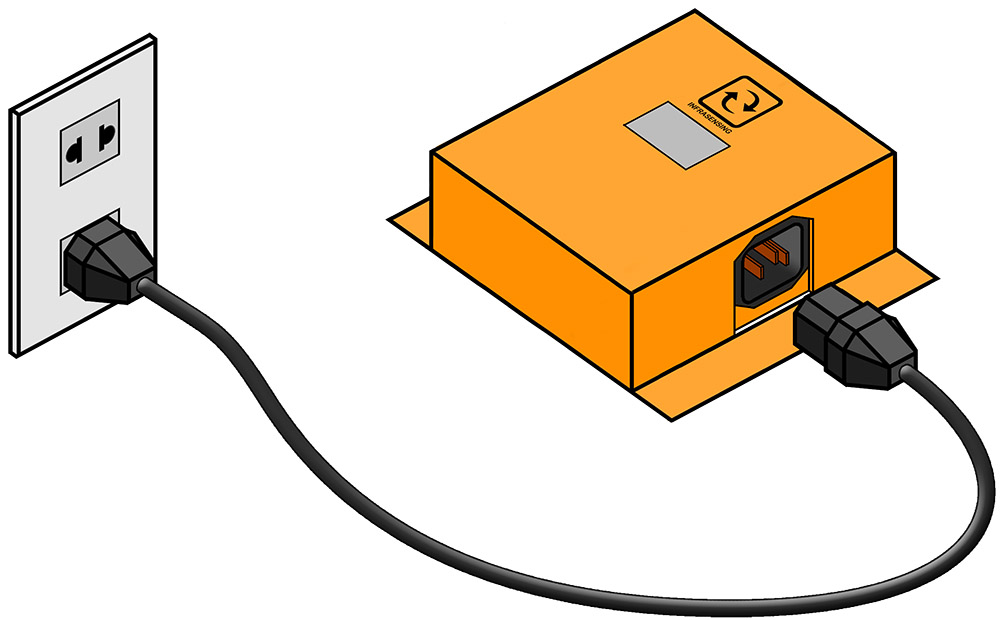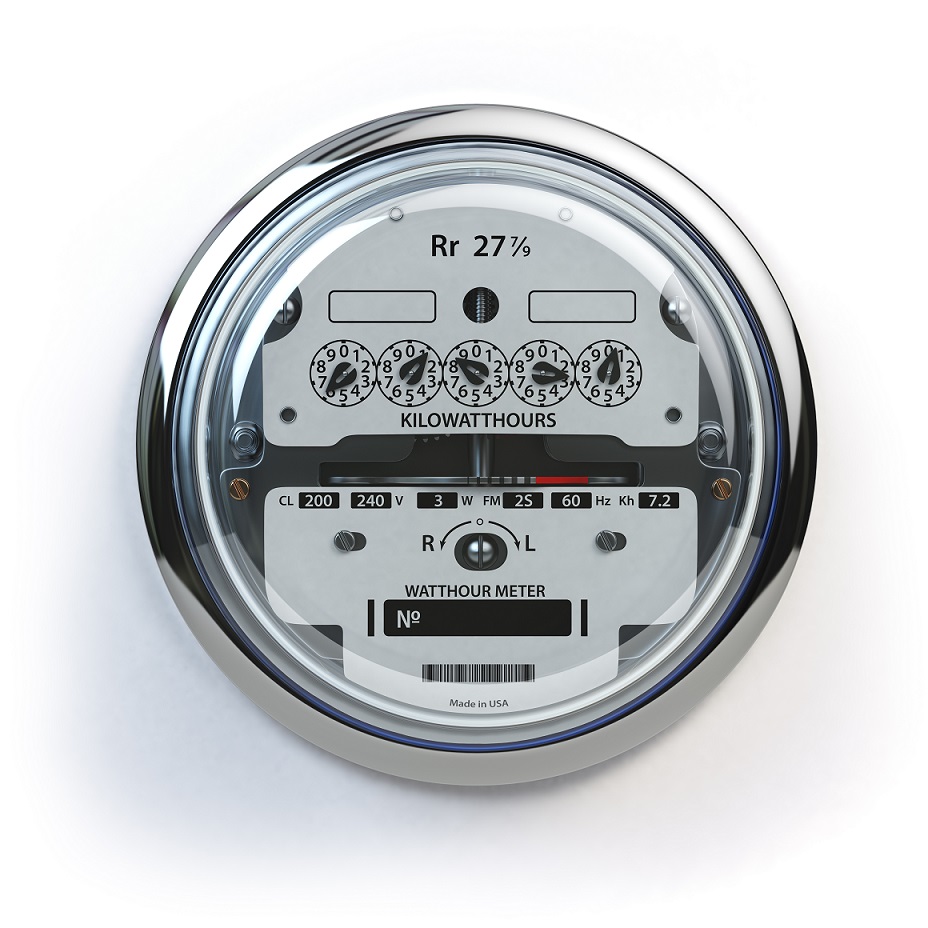Power Quality Sensorvoltage. frequency and THD monitoring
voltage. frequency and THD monitoring

Key sensor features
 - short and long power failures or interruptions
- short and long power failures or interruptions- voltage swells, spikes or over-voltage
- voltage sags, dips or under-voltage
- harmonic voltage distortions (THD) as per (IEEE 519-2014)
- frequency fluctuations
- voltage sampling rate of every 0.2s (IEEE 519-2014)
- compact plug & play sensor.
- designed for indoor use.
- steel enclosure for non-power sensors or non-IP sensors.
- custom color & logo options available.
- industrial grade.
- 0u rack, DIN rail, magnetic or wall mountable sensor.
- plugs into the base unit.
- powered by the base unit (PoE, 12v DC, optionally 24v or -48v)
- alerts via SNMP Traps, email or SMS.
- out of the box integration via Modbus TCP, SNMP.
- optional integration via MQTT for Industrial IoT applications1
 .
.1Requires BASE-XXX-6

Simple. Plug & Play.

Plug and play. Simply connect an IEC C13-C14 cable to the unit and into the power wall outlet you want to monitor.
As soon as it is powered, it starts monitoring. It is that simple.
It is designed to monitor single phase power quality in your critical facilities and edge infrastructure sites.
No electrician needed. Simply plug it in a power socket and start monitoring your power quality.
Using industry standards it will analyze and translate your power quality in simple and actionable information.
Works in standalone mode with data retrieval via micro USB port; or connected to the base unit.
It is designed to monitor single phase power quality in your critical facilities and edge infrastructure sites.
No electrician needed. Simply plug it in a power socket and start monitoring your power quality.
Using industry standards it will analyze and translate your power quality in simple and actionable information.
Works in standalone mode with data retrieval via micro USB port; or connected to the base unit.

Detecting most common power quality issues.
Voltage related power quality issues account for more than 85% of all PQ issues*
This sensor is designed to monitor single phase power circuits; giving you an insight of your power quality at your power's edge.
The InfraSensing AC Power Quality sensor detects:
- short and long power failures or interruptions
- voltage swells, spikes or over-voltage
- voltage sags, dips or under-voltage
- harmonic voltage distortions (THD)
- frequency fluctuations
This sensor is designed to monitor single phase power circuits; giving you an insight of your power quality at your power's edge.
The InfraSensing AC Power Quality sensor detects:
- short and long power failures or interruptions
- voltage swells, spikes or over-voltage
- voltage sags, dips or under-voltage
- harmonic voltage distortions (THD)
- frequency fluctuations


80% of quality issues happen behind the meter*
impacting electronics, data, equipment, controls and motors

Power quality problems are one of the major causes of unplanned downtime, loss of data, malfunction and damage of equipment. Even worse it negatively affects the life span of equipment.
While some industrial and commercial facilities are equipped with triple phase power quality monitoring, they are not monitoring what's happening at the single phase edge of their facilities. That's often where the critical components run. Especially in today's digital age.
This sensor enables you to plug it in anywhere in your facility and start monitoring the power quality at that specific point. Combined with traditional power quality sensors and meters you can get a better view of your power quality within your entire infrastructure or facility.
While some industrial and commercial facilities are equipped with triple phase power quality monitoring, they are not monitoring what's happening at the single phase edge of their facilities. That's often where the critical components run. Especially in today's digital age.
This sensor enables you to plug it in anywhere in your facility and start monitoring the power quality at that specific point. Combined with traditional power quality sensors and meters you can get a better view of your power quality within your entire infrastructure or facility.

Power Quality Monitoring
with InfraSensing's PWR-AC-QUAL sensor
The InfraSensing power quality sensor is designed to measure voltage, and frequency, which are the two most important electrical parameters to measure power quality. The sensor can also detect harmonics, flicker and power factor which are the most common power quality issues. It uses advanced signal processing algorithms to detect power quality issues and send alarms to the user when an issue is detected. The sensor can also be configured to provide detailed data on power quality, such as harmonic levels, voltage dips, and flicker levels, which can be used for troubleshooting and analysis.
The most common power quality issues behind the meter are:
Voltage sags: Also known as brownouts, voltage sags refer to a decrease in voltage level below the nominal value, typically lasting for a few cycles to several minutes. This can be caused by a variety of factors, such as an increase in load, a loss of generation, or a fault on the power system. Voltage sags can cause problems for sensitive equipment, such as computers and other electronic devices.
Voltage swells: These are the opposite of voltage sags, and refer to an increase in voltage level above the nominal value. Voltage swells can also be caused by a variety of factors, and can cause damage to equipment or affect the proper operation of certain devices.
Voltage fluctuations: These refer to rapid, short-term changes in voltage level. Voltage fluctuations can be caused by a variety of factors, such as load changes, weather conditions, or equipment failure.
Harmonic distortion: Harmonic distortion is the deviation of the waveform of the voltage or current from a pure sinusoid. Harmonics are caused by non-linear loads, such as electronic devices and power inverters, which can cause power quality issues, equipment failure, and even fires.
Flicker: Flicker refers to rapid, visible changes in the brightness of lights caused by fluctuations in the voltage or current. Flicker can be caused by a variety of factors, such as load changes, weather conditions, or equipment failure.
The most common power quality issues behind the meter are:
Voltage sags: Also known as brownouts, voltage sags refer to a decrease in voltage level below the nominal value, typically lasting for a few cycles to several minutes. This can be caused by a variety of factors, such as an increase in load, a loss of generation, or a fault on the power system. Voltage sags can cause problems for sensitive equipment, such as computers and other electronic devices.
Voltage swells: These are the opposite of voltage sags, and refer to an increase in voltage level above the nominal value. Voltage swells can also be caused by a variety of factors, and can cause damage to equipment or affect the proper operation of certain devices.
Voltage fluctuations: These refer to rapid, short-term changes in voltage level. Voltage fluctuations can be caused by a variety of factors, such as load changes, weather conditions, or equipment failure.
Harmonic distortion: Harmonic distortion is the deviation of the waveform of the voltage or current from a pure sinusoid. Harmonics are caused by non-linear loads, such as electronic devices and power inverters, which can cause power quality issues, equipment failure, and even fires.
Flicker: Flicker refers to rapid, visible changes in the brightness of lights caused by fluctuations in the voltage or current. Flicker can be caused by a variety of factors, such as load changes, weather conditions, or equipment failure.

How it works.
Following illustration will show you how our power quality monitoring system works.
The power quality sensor connects to a base unit using a standard RJ45 network cable. The nRJ45 type cable tranmits data and power from the base unit to the power quality sensor. The sensor comes with a 1.5m/5ft UL listed 3-pin power cable. The power cable is plugged one end into the sensor and other end into a power socket. The sensor constantly monitors the power for its voltage and total harmonics distortion.
The power quality sensor connects to a base unit using a standard RJ45 network cable. The nRJ45 type cable tranmits data and power from the base unit to the power quality sensor. The sensor comes with a 1.5m/5ft UL listed 3-pin power cable. The power cable is plugged one end into the sensor and other end into a power socket. The sensor constantly monitors the power for its voltage and total harmonics distortion.


